Sister cities or twin cities is an extremely fascinating, but almost meaningless puzzle. Indeed, there are cities with almost sisterly relations, tightly connected through history, names, personalities and legends. But ‘sister cities’ are essentially pairs of cities, connected through partnerships, which aim to promote cultural and commercial ties between them. And even though the real, implied tie between sister cities may often look like a hidden key, most probably there is nothing there to be found except for a bunch of signed agreements between two truly random town halls.
In any case, it’s probably impossible to put each and every city into a family relation. There must be some ‘only child’ cities. For example, who can be a sister of New York City? The metropolis is too diverse to be paired with something both in official and imaginary sense. Even its districts are consisting of different neighborhoods, each resembling a different town, if not a different country. However, both NYC and its districts of NYC do have sister cities and districts. I couldn’t resist searching for a true sisterhood among these bureaucratic agreements, and I succeeded – Brooklyn, the heart of American Jewish life, appeared to be paired with Israeli Kfar Chabad and Viennese district of Leopoldstadt. In other words – with Israeli affiliate of Chabad movement and the only reborn Jewish district in Central Europe.
Other four partners of Brooklyn – Anzio in Italy, Gdynia in Poland, Besiktas in Turkey and Lambeth Borough of Greater London – are most probably merely typical partner cities. Kfar Chabad has a special kind of partnership – Brooklyn’s neighborhood Crown Heights is today’s center of the world Chabad Movement, which actually founded Kfar Chabad (literally meaning ‘Chabad Village’) and placed a copy of 770 Eastern Parkway building (the Chabad headquarters in Crown Heights) there. But in case of Leopoldstadt, the sisterhood is especially meaningful, honorary and deserved.
Mazzesinsel / Island of Matzos
Once being a suburban Jewish ghetto, Leopoldstadt has transformed into a vibrant international district and a true center of Central European Jewish life by the end of the 19th century. Being separated by the Danube from the north and by the Danube channel from the south, the area was nicknamed ‘Mazzesinsel’, which means ‘Matzo island’. Located in some 10 minutes walk from Stephansplatz, Vienna’s main square, the Jewish island together with the whole northern bank of the Danube channel was remaining a true ‘Ausland’, a foreign country for a lot of people in Vienna. The reason for this prejudice was not only a significant Jewish population of the area, but also the Nordbahnhof, the North Railway Station located there, through which thousand of emigrants from the Eastern parts of the empire were arriving to Vienna and settling in the district. Back then, the Danube was forming a natural border of both Leopoldstadt and the city of Vienna, and once you cross it, just some 80 km of rural area were dividing you from the borders with Czech Republic and Slovakia. Numerous of beautiful synagogues and yeshivas, Arnold Schöneberg, Sigmund Freud, Viktor Frankl, Arthur Schnitzler, Theodor Hertzl and Billy Wilder – it used to be the beautiful Leopoldstadt, the global Leopoldstadt, the fascinating Leopoldstadt before the 1939.
Flakturmsinsel / Island of Flakturms
Flakturms are probably the only distinctive thing the district gained after the occupation of 1939. Two gross and ugly concrete towers, which were meant to defend the city from the ally aviation, were erected during the war in the Leopoldstadt’s park Augarten, which was once used by Habsburgs for horse promenades and other outdoor leisure activities. The towers are still there today, casting shadows over a kosher shop and a yeshiva. The name ‘Island of Matzos’ is used today as well, after almost 50 years of concrete dullness.
Einwanderungsinsel / Island of Emigration
The first Jewish emigrants have returned to Leopoldstadt right after the end of World War II, having fled to Eastern Europe before the war and now fleeing back from the Communistic regime there. They were later accompanied by those who managed to escape Hungary after the Soviet tanks have entered the country in 1956 and Czechoslovakia after the same happened there in 1968. In the 1970s, Vienna has become a hub for emigrants from Soviet union, heading to Israel or Western Europe. Many of them decided to stay in the city for good. Still, the Jewish community of Vienna was remaining rather small. The situation has changed in the early 1990s, when the Jewish emigrants from the former Soviet Union, many coming from Caucasus or Asia and having Jewish Georgian or Bukhari origin, have moved to Vienna and stayed in Leopoldstadt.
Globalisierungsinsel / Island of Globalisation
Today’s Leopoldstadt is connected to other parts of the city by U1 and U2 underground lines, hosts a regional railroad hub Praterstern, a huge 200-year-old Prater park with immense outdoor facilities and the Ernst-Happel-Stadium, where the final game of UEFA 2008 took place. A bunch of synagogues, kosher restaurants, shops and cafes, a Jewish high school, sports center and nursing home are there as well. New emigrants, many of which are Jewish, keep on settling in the area. Leopoldstadt is slowly becoming a somewhat stylish, fancy and extraordinary working-class neighborhood, better then it was 30 years ago and different from what it was 100 years ago. It’s once again not unusual to hear ‘Shabbat Shalom’ while walking down the Taborstrasse, the central street of the district, on Friday night. And last but not least – the name ‘Mazzesinsel’ is in use again.






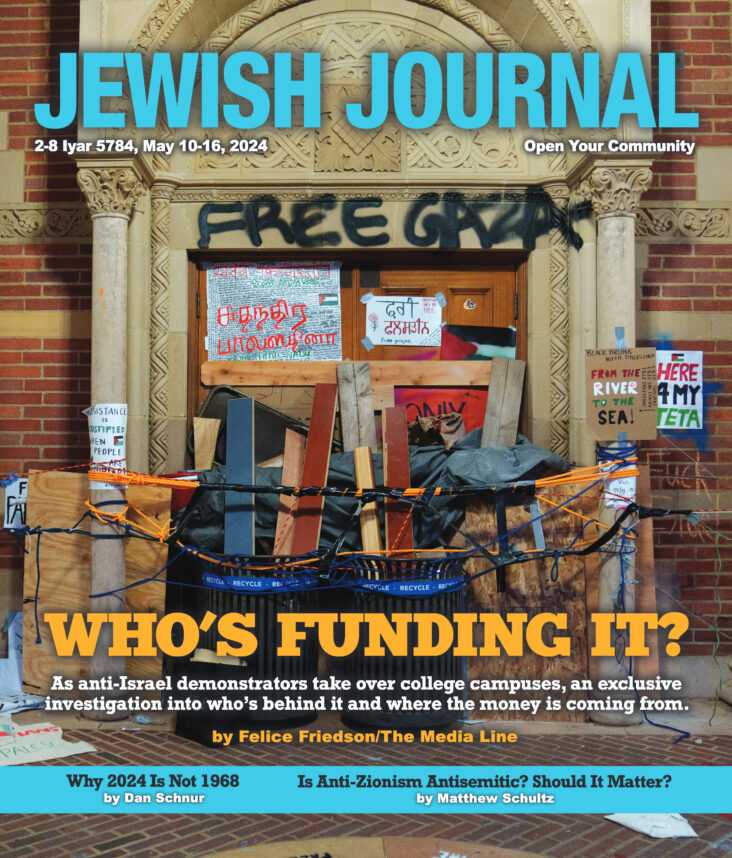



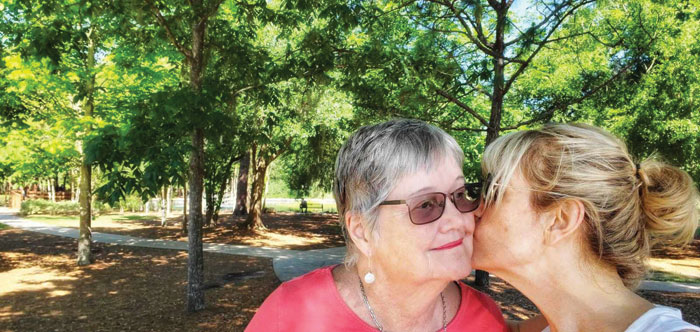
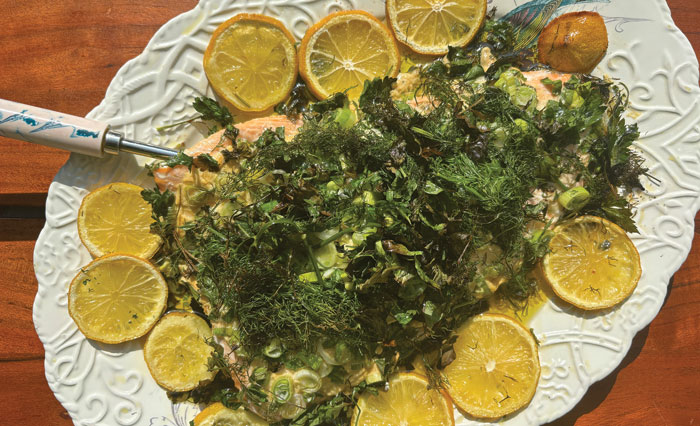
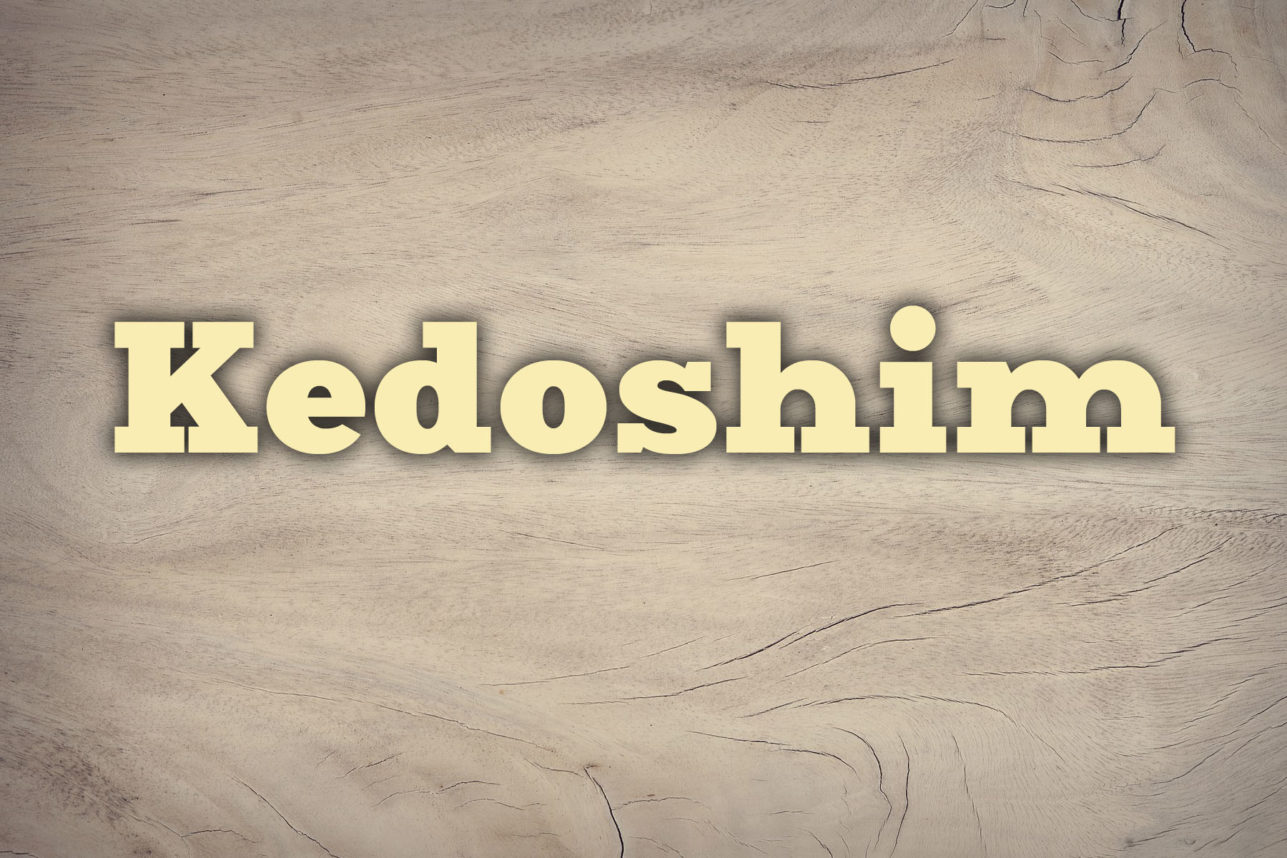
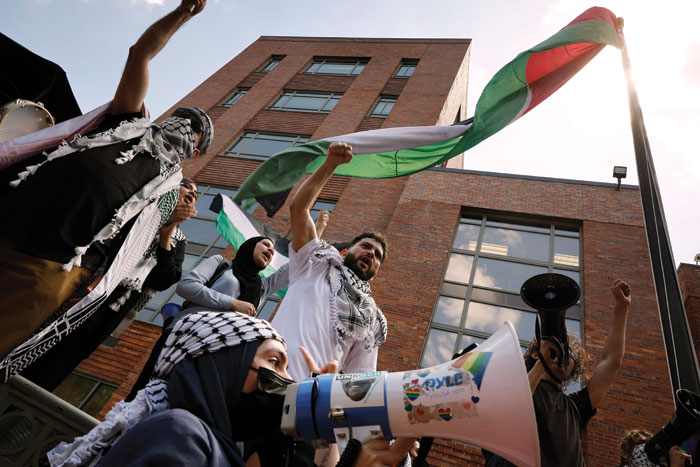

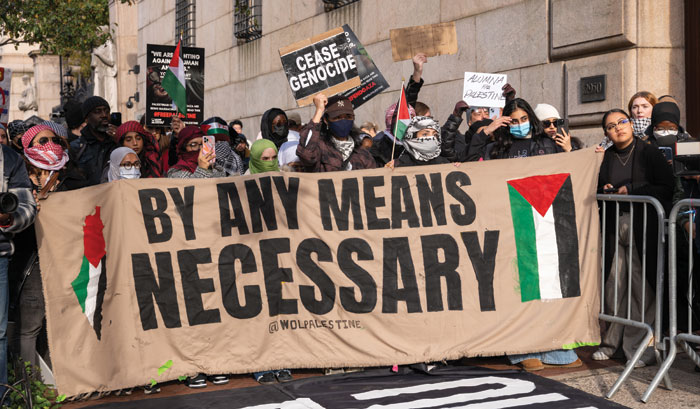
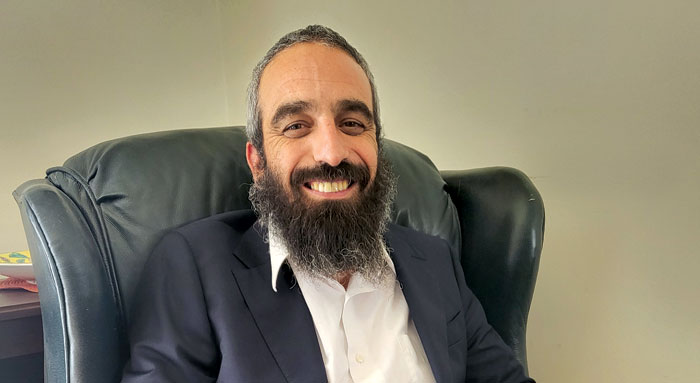





 More news and opinions than at a Shabbat dinner, right in your inbox.
More news and opinions than at a Shabbat dinner, right in your inbox.